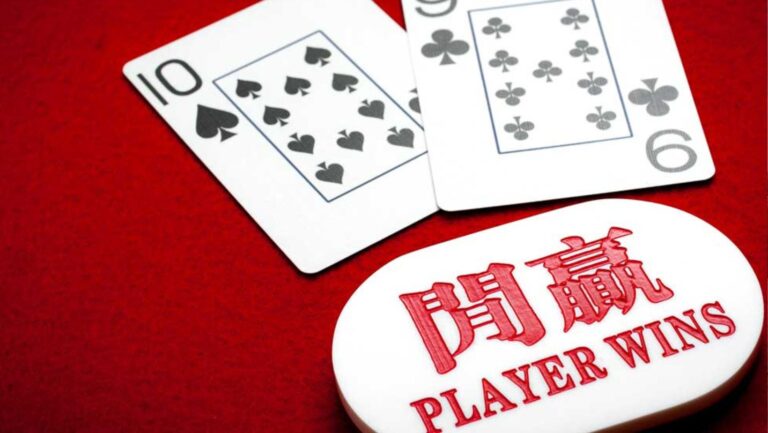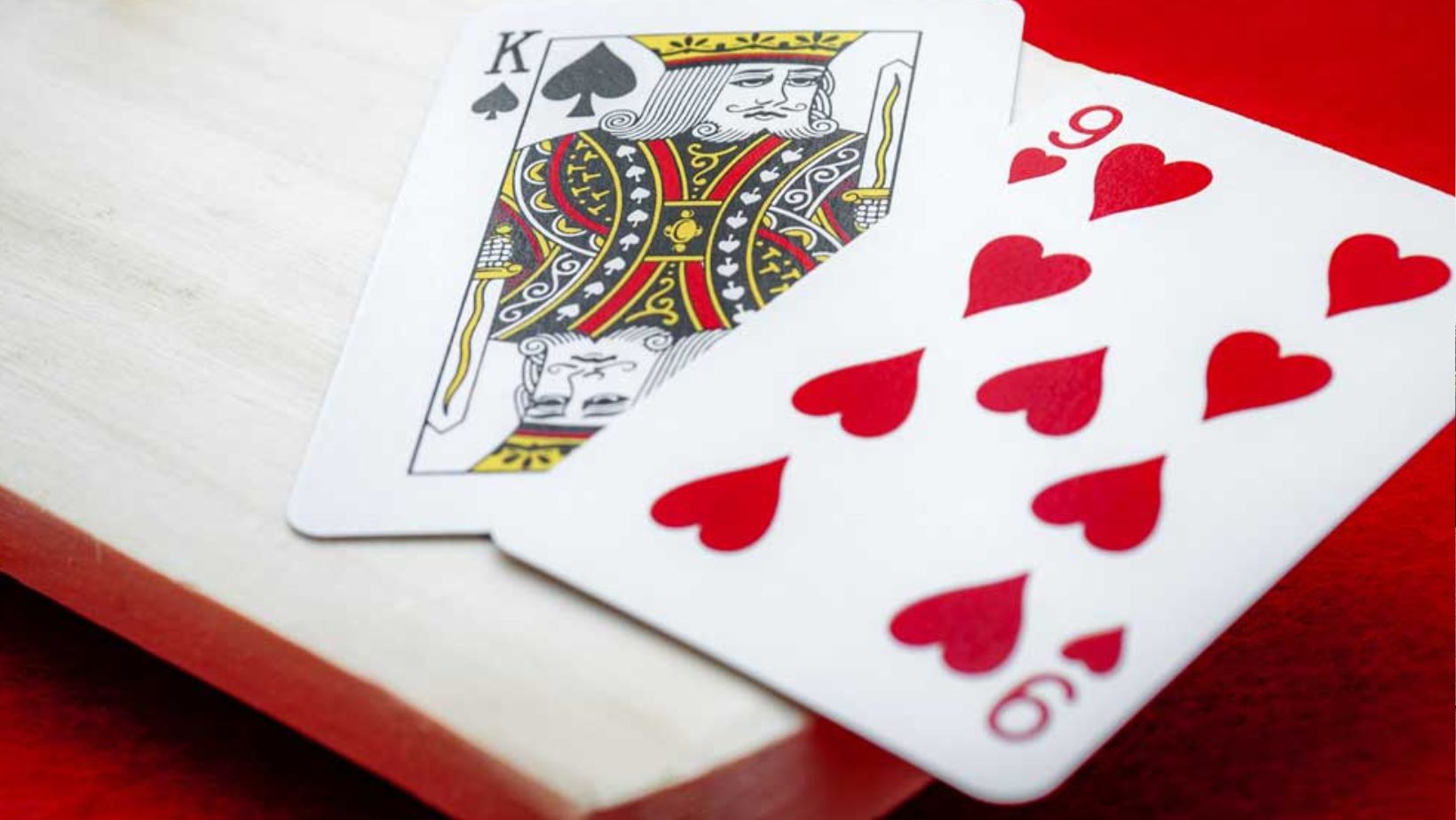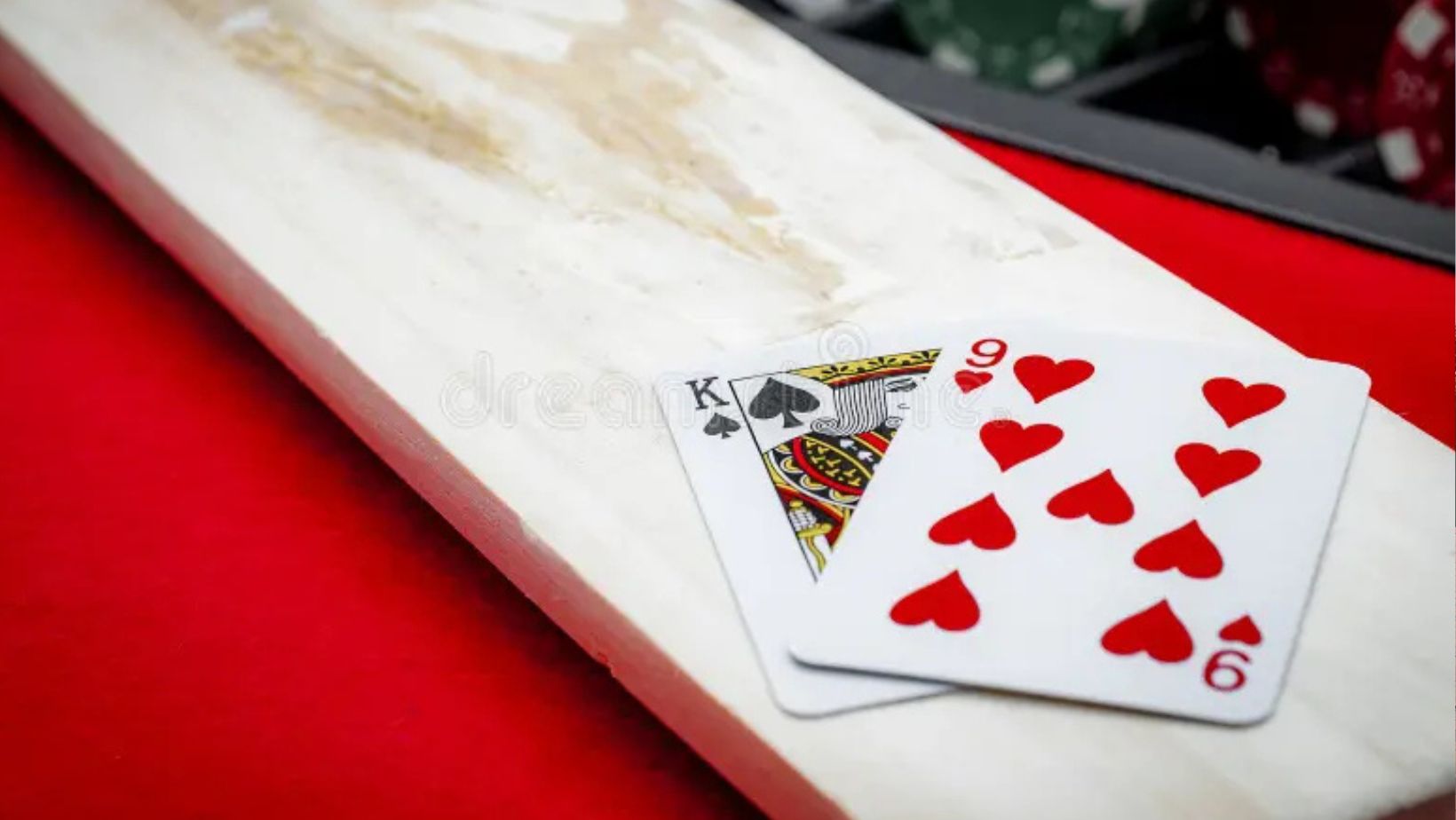Baccarat is one of the most popular casino card games worldwide, known for its simplicity and fast-paced action. Players can bet on three main outcomes in the game: the Player hand winning, the Banker hand winning, or a Tie. Among these, the Tie bet is the most intriguing yet riskiest option. Understanding the Baccarat tie odds, payouts, and probabilities associated with the Tie bet can help players make more informed decisions when playing Baccarat.
What Is a Tie Bet in Baccarat?
A Tie bet in Baccarat occurs when both the Player and Banker hands have the same total value at the end of the round. Unlike betting on either the Player or the Banker, which have relatively lower house edges, the Tie bet offers a much higher payout but comes with significantly lower odds of occurring.
In most Baccarat games, the Tie bet pays 8:1 or sometimes 9:1, depending on the casino rules. This means if you bet $10 on a Tie and win, you receive $80 or $90 in winnings plus your original bet back.
Baccarat Tie Bet Odds and Probability
To calculate the probability of a Tie, we need to understand the total possible outcomes in Baccarat. The game is typically played with eight decks of cards, and the hand totals range from 0 to 9 due to the rule that only the last digit of the sum matters (e.g., a 5 and an 8 add up to 13, but the actual hand value is 3).
Baccarat Hand Probabilities
- Player hand wins: 44.62% probability
- Banker hand wins: 45.86% probability
- Tie occurs: 9.52% probability
From these probabilities, it’s clear that the Tie bet is much less likely to occur than either a Player or Banker win. However, because of its higher payout, some players are drawn to this bet, hoping for a big win.
House Edge on the Tie Bet
The house edge is the percentage of each bet that the casino expects to keep over the long run. Since Baccarat is a game of chance, understanding the house edge can help you make smarter betting choices.
The house edge for a Tie bet with an 8:1 payout is approximately 14.36%.
If the casino offers a 9:1 payout on a Tie, the house edge drops to around 4.85%, making it a much better bet.
Compared to the Player and Banker bets, which have house edges of 1.24% and 1.06% respectively, the Tie bet is clearly a much riskier option.
Is the Tie Bet Worth It?
While the high payout of a Tie bet is tempting, the low probability and high house edge make it a poor long-term strategy for most players. Even if you win occasionally, the odds are stacked against you in the long run.
However, there are certain scenarios where players might consider betting on a Tie:
- Casual Play – If you’re playing for fun and want to take a shot at a big payout, an occasional Tie bet may add excitement to the game.
- Short-Term Betting Strategies – Some players incorporate Tie bets into their betting systems, such as the Martingale strategy, where they double their bet after a loss to try and recover.
- If a Pattern Emerges – Though Baccarat is a game of chance, some players look for trends, such as multiple ties occurring in a short span, and bet accordingly.
Conclusion
Baccarat is a game of strategy and luck, and understanding the Tie bet odds is essential for making informed decisions. While the 8:1 or 9:1 payout is attractive, the 9.52% probability of a Tie occurring and the high house edge (14.36% at 8:1 payout) make it a risky bet compared to wagering on the Player or Banker.
For most players, sticking to Player or Banker bets is the smarter choice due to their lower house edges. However, if you’re feeling lucky and want to take a risk, the Tie bet can provide a thrilling, albeit rare, big win.






